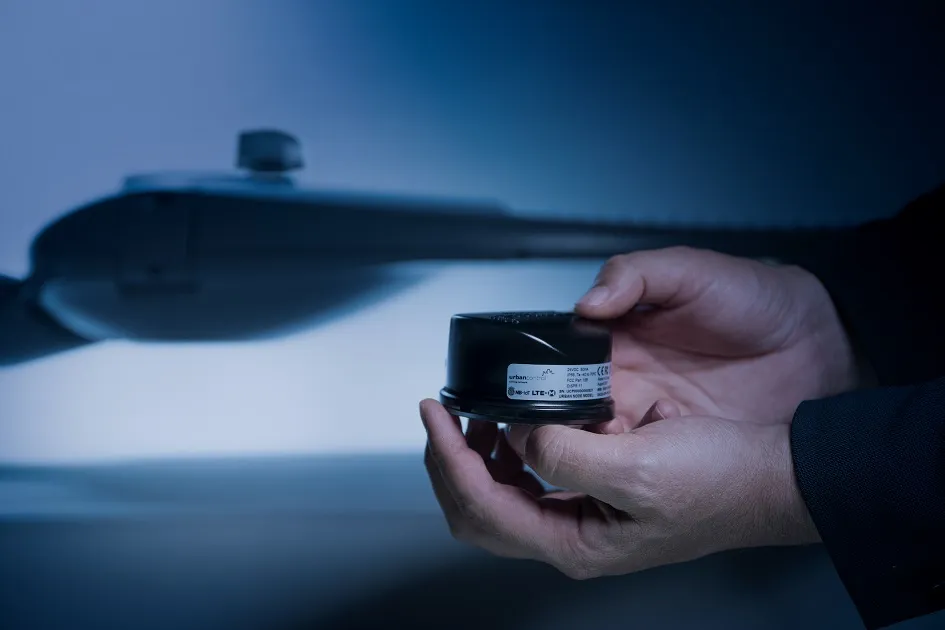The latest variable message sign (VMS) from French manufacturer SES is fully powered by solar panels, making it possible to install a sign virtually anywhere without the need for cables or mains power.
Ideal for many applications from highway to urban, the signs use high intensity LEDs in a choice of character matrix, line matrix or full matrix display and are compliant with EN12966 European standards. With a display height of 160mm to 457mm, the signs are ideal for large VMS to small lane control signs
April 9, 2014
Read time: 1 min
The latest variable message sign (VMS) from French manufacturer 7717 SES is fully powered by solar panels, making it possible to install a sign virtually anywhere without the need for cables or mains power.
Ideal for many applications from highway to urban, the signs use high intensity LEDs in a choice of character matrix, line matrix or full matrix display and are compliant with EN12966 European standards. With a display height of 160mm to 457mm, the signs are ideal for large VMS to small lane control signs.
Ideal for many applications from highway to urban, the signs use high intensity LEDs in a choice of character matrix, line matrix or full matrix display and are compliant with EN12966 European standards. With a display height of 160mm to 457mm, the signs are ideal for large VMS to small lane control signs.








